4-hydroxyantipyrine

4-hydroxyantipyrine structure
|
Common Name | 4-hydroxyantipyrine | ||
|---|---|---|---|---|
| CAS Number | 1672-63-5 | Molecular Weight | 204.22500 | |
| Density | 1.294g/cm3 | Boiling Point | 314.3ºC at 760mmHg | |
| Molecular Formula | C11H12N2O2 | Melting Point | 184-186ºC(lit.) | |
| MSDS | Chinese USA | Flash Point | 143.9ºC | |
| Symbol |

GHS07 |
Signal Word | Warning | |
Use of 4-hydroxyantipyrine4-Hydroxyantipyrine (4-Hydroxyphenazone; NSC 174055) is the major metabolite of Antipyrine (HY-B0171), can be as a biodistribution promoter. 4-Hydroxyantipyrine can increase distribution of concentration ratio of Citicoline and Antipyrine in the brain[1][2]. |
| Name | 4-hydroxy-1,5-dimethyl-2-phenylpyrazol-3-one |
|---|---|
| Synonym | More Synonyms |
| Description | 4-Hydroxyantipyrine (4-Hydroxyphenazone; NSC 174055) is the major metabolite of Antipyrine (HY-B0171), can be as a biodistribution promoter. 4-Hydroxyantipyrine can increase distribution of concentration ratio of Citicoline and Antipyrine in the brain[1][2]. |
|---|---|
| Related Catalog | |
| In Vitro | 4-Hydroxyantipyrine increase the tissue-to-plasma concentration ratio of Citicoline in the brain and liver and that of thiopental sodium in the brain, liver, and heart[1]. 4-Hydroxyantipyrine enhances the blood-brain barrier (BBB) permeability of Antipyrine considering to be concerned with the increase of the Kp value of Antipyrine in the brain[2]. |
| References |
| Density | 1.294g/cm3 |
|---|---|
| Boiling Point | 314.3ºC at 760mmHg |
| Melting Point | 184-186ºC(lit.) |
| Molecular Formula | C11H12N2O2 |
| Molecular Weight | 204.22500 |
| Flash Point | 143.9ºC |
| Exact Mass | 204.09000 |
| PSA | 47.16000 |
| LogP | 1.19000 |
| Vapour Pressure | 0.000199mmHg at 25°C |
| Index of Refraction | 1.63 |
| Symbol |

GHS07 |
|---|---|
| Signal Word | Warning |
| Hazard Statements | H315-H319-H335 |
| Precautionary Statements | P261-P305 + P351 + P338 |
| Personal Protective Equipment | dust mask type N95 (US);Eyeshields;Gloves |
| Hazard Codes | Xi: Irritant; |
| Risk Phrases | 36/37/38 |
| Safety Phrases | 26-36 |
| RIDADR | NONH for all modes of transport |
| WGK Germany | 3 |
| HS Code | 2933990090 |
| Precursor 5 | |
|---|---|
| DownStream 7 | |
| HS Code | 2933990090 |
|---|---|
| Summary | 2933990090. heterocyclic compounds with nitrogen hetero-atom(s) only. VAT:17.0%. Tax rebate rate:13.0%. . MFN tariff:6.5%. General tariff:20.0% |
|
The effect of age and sex on metabolism and urinary excretion of antipyrine.
J. Gerontol. A. Biol. Sci. Med. Sci. 53(1) , M14-9, (1998) Drug-metabolizing capacity is generally reduced in the elderly. The purpose of this investigation was to study antipyrine clearance and metabolite excretion in old subjects of both sexes.Saliva cleara... |
|
|
The pharmacokinetics of antipyrine and three of its metabolites in the rabbit: intravenous administration of pure metabolites.
Pharm. Res. 8(12) , 1470-6, (1991) Antipyrine (AP) is a commonly used probe of oxidative metabolism. Indirect evidence demonstrates formation rate limited disposition of its metabolites. Kinetic studies using antipyrine and its major m... |
|
|
Separation and identification of the 4-hydroxyantipyrine sulphoconjugate.
J. Chromatogr. A. 576(1) , 103-9, (1992) In a previous study we observed, during separation of total antipyrine metabolites by high-performance liquid chromatography and after enzymatic hydrolysis, an unidentified peak corresponding to an io... |
| MFCD00003143 |
| 1-phenyl-2,3-dimethyl-4-hydroxy-pyrazoline-5-on |
| 4-hydroxy-1,5-dimethyl-2-phenyl-1,2-dihydro-3h-pyrazol-3-one |
| 4-Hydroxy-2,3-dimethyl-1-phenyl-3-pyrazolin-5-one |
| 1-Phenyl-2,3-dimethyl-4-hydroxy-5-pyrazolone |
| Prestwick_270 |
| hydroxy-4 antipyrine |
| 1,2-dihydro-4-hydroxy-1,5-dimethyl-2-phenyl-3H-pyrazol-3-one |
| Antipyrine,4-hydroxy |
| 4-Hydroxyantipyrine |
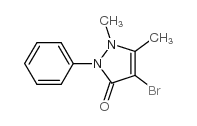 CAS#:5426-65-3
CAS#:5426-65-3 CAS#:60-80-0
CAS#:60-80-0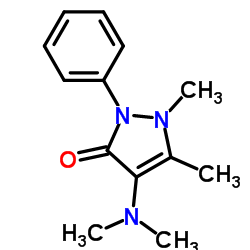 CAS#:58-15-1
CAS#:58-15-1 CAS#:83-07-8
CAS#:83-07-8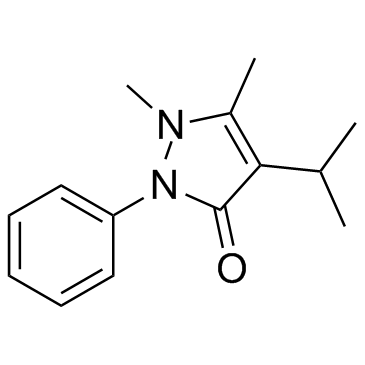 CAS#:479-92-5
CAS#:479-92-5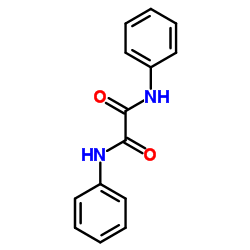 CAS#:620-81-5
CAS#:620-81-5 CAS#:10605-18-2
CAS#:10605-18-2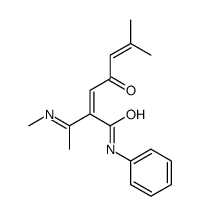 CAS#:88741-26-8
CAS#:88741-26-8 CAS#:81416-56-0
CAS#:81416-56-0 CAS#:38604-70-5
CAS#:38604-70-5![Bernsteinsaeure[bis(1,1'-methyl-2,2'-phenyl)hydrazid-(1,1')] structure](https://image.chemsrc.com/caspic/352/76788-81-3.png) CAS#:76788-81-3
CAS#:76788-81-3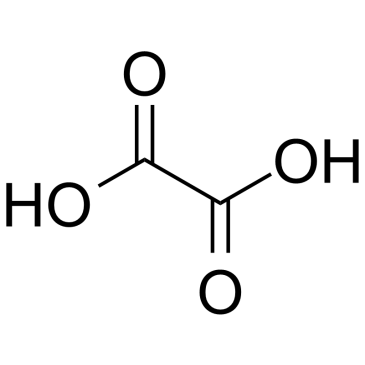 CAS#:144-62-7
CAS#:144-62-7